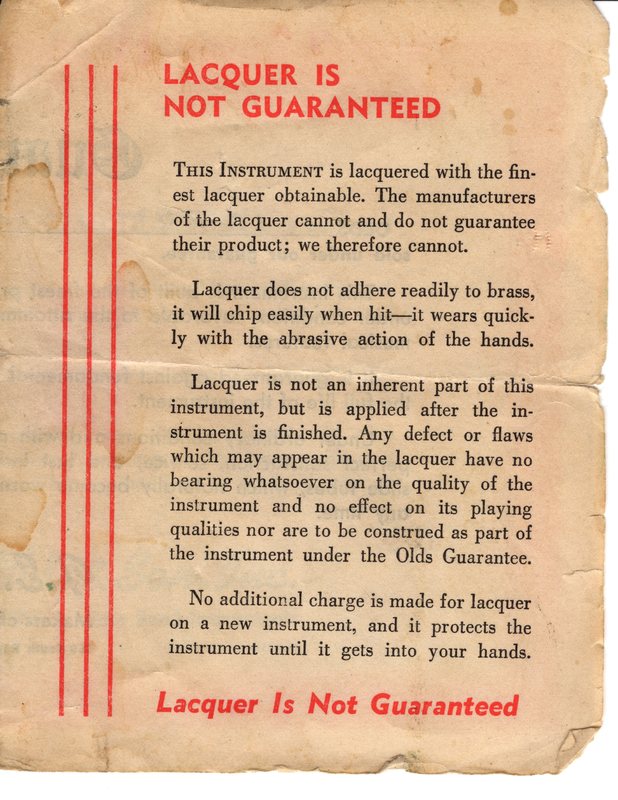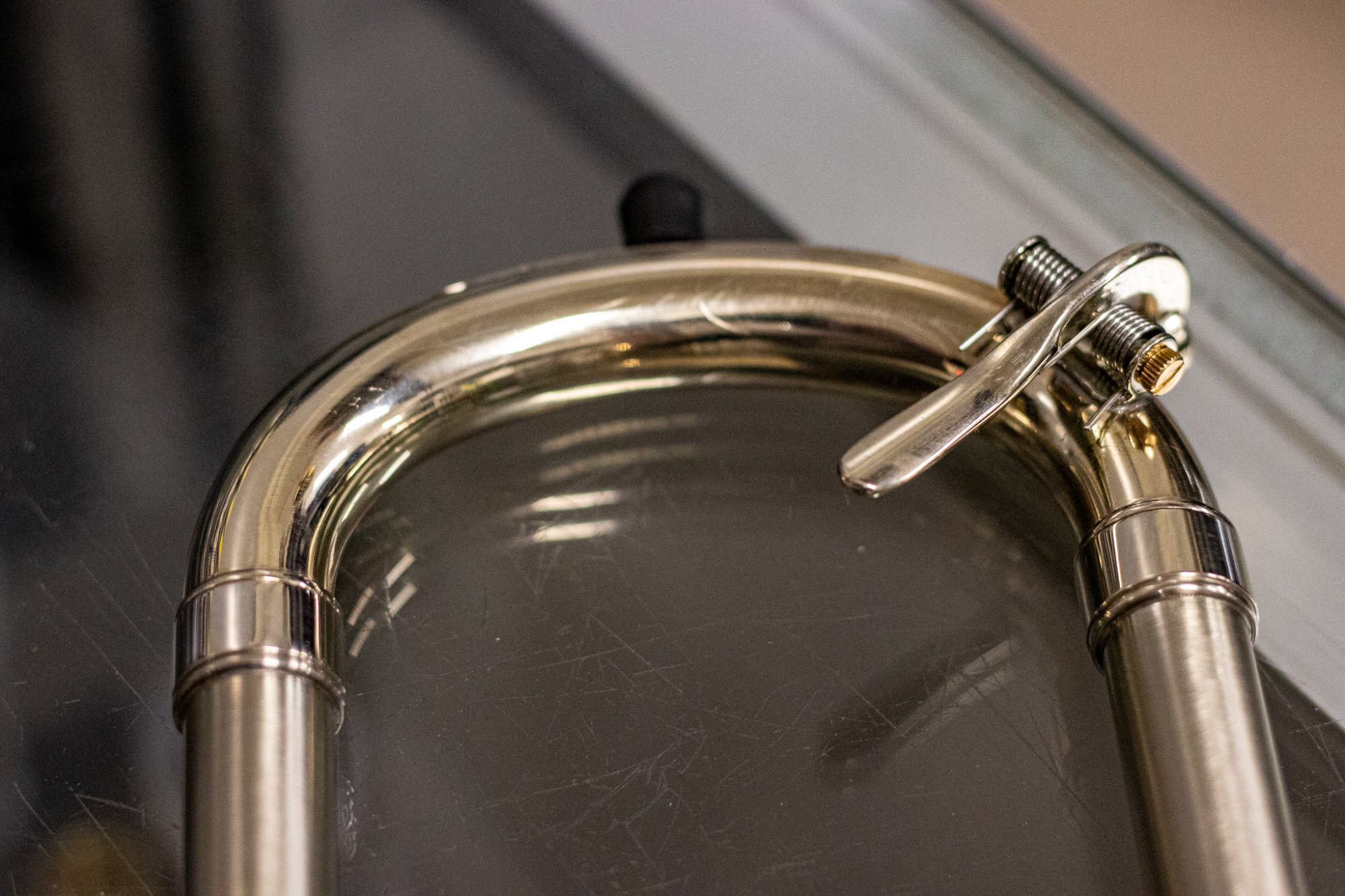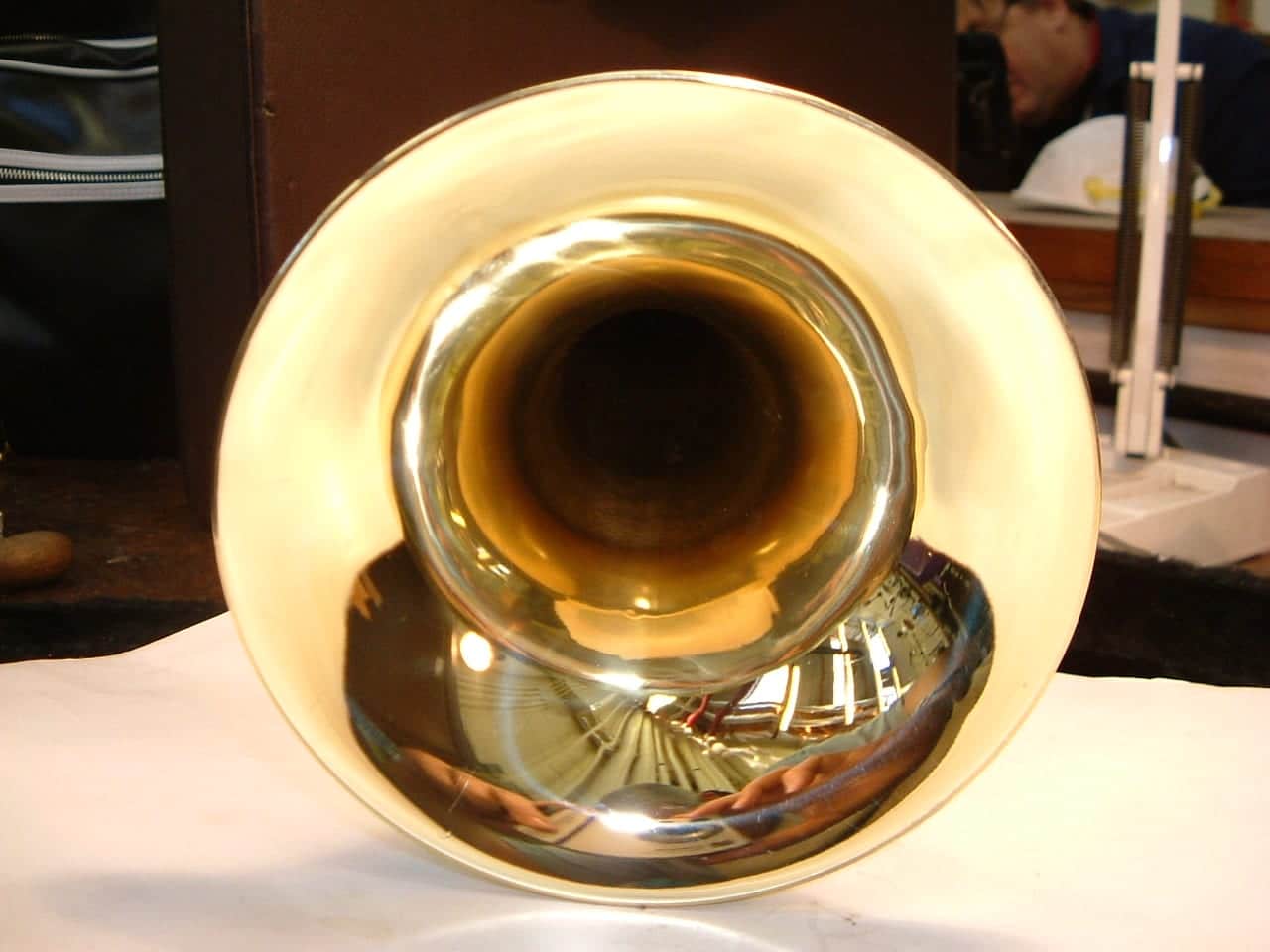


Fortunately, the protective film on copper remains intact or is readily repaired under most soil conditions. If this film, which often consists of reddish-brown cuprous oxide (Cu 20), is destroyed and cannot be repaired, copper will corrode. It behaves like a noble metal in most underground environments because of the naturally protective film that forms on the metal's surface. galvanic action involving dissimilar materials.Ĭopper is essentially immune to corrosion.certain conditions created by alternating currents (AC),.the action of stray direct currents (DC) flowing in the ground,.localized and long-line-type concentration cells created by differences in soil composition,.There are conditions, however, that can cause copper to corrode when it is exposed to certain soils. There is also the outstanding history of copper tubing as a highly corrosion-resistant material in most underground environments. Furthermore, copper is one of the few metals that exists as an element in its natural form. 1 Many of the underground copper pipes used to convey water in Egypt nearly 5000 years ago are still in existence. Uncommonly well-preserved copper artifacts continue to be recovered in Mesopotamia from beneath the clay deposited by the "Great Flood," which is believed to have occurred about 4000 B.C. The belief by knowledgeable engineers, architects, and water utility personnel that copper is not adversely affected by the majority of soils worldwide is well founded.
#HOW TO DETECT RED ROT BRASS HOW TO#
These situations are discussed in detail, and suggestions are given on how to identify underground corrosion of copper pipe without excavating and how to mitigate existing corrosion conditions.

This article identifies a host of possible situations in which copper pipe or tubing may be subject to external corrosion. But it would be misleading to infer that copper will not corrode. Mitigating the Underground Corrosion of CopperĬopper, a noble metal that occurs naturally in its elemental form, is almost totally impervious to corrosion from soils found worldwide.Identifying the Corrosion Problem Without Excavation.Cohen Copper Development Association Inc., 260 Madison Ave., New York, NY 10016 Myers JRM Associates, 4198 Merlyn Drive, Franklin, OH 45005 A. This document is a edited version of an article which appeared in American Water Works Association Journal, August 1984 and is reprinted, with permission from American Water Works Association.īy J.R. Conditions Contributing to Underground Copper Corrosion


 0 kommentar(er)
0 kommentar(er)
